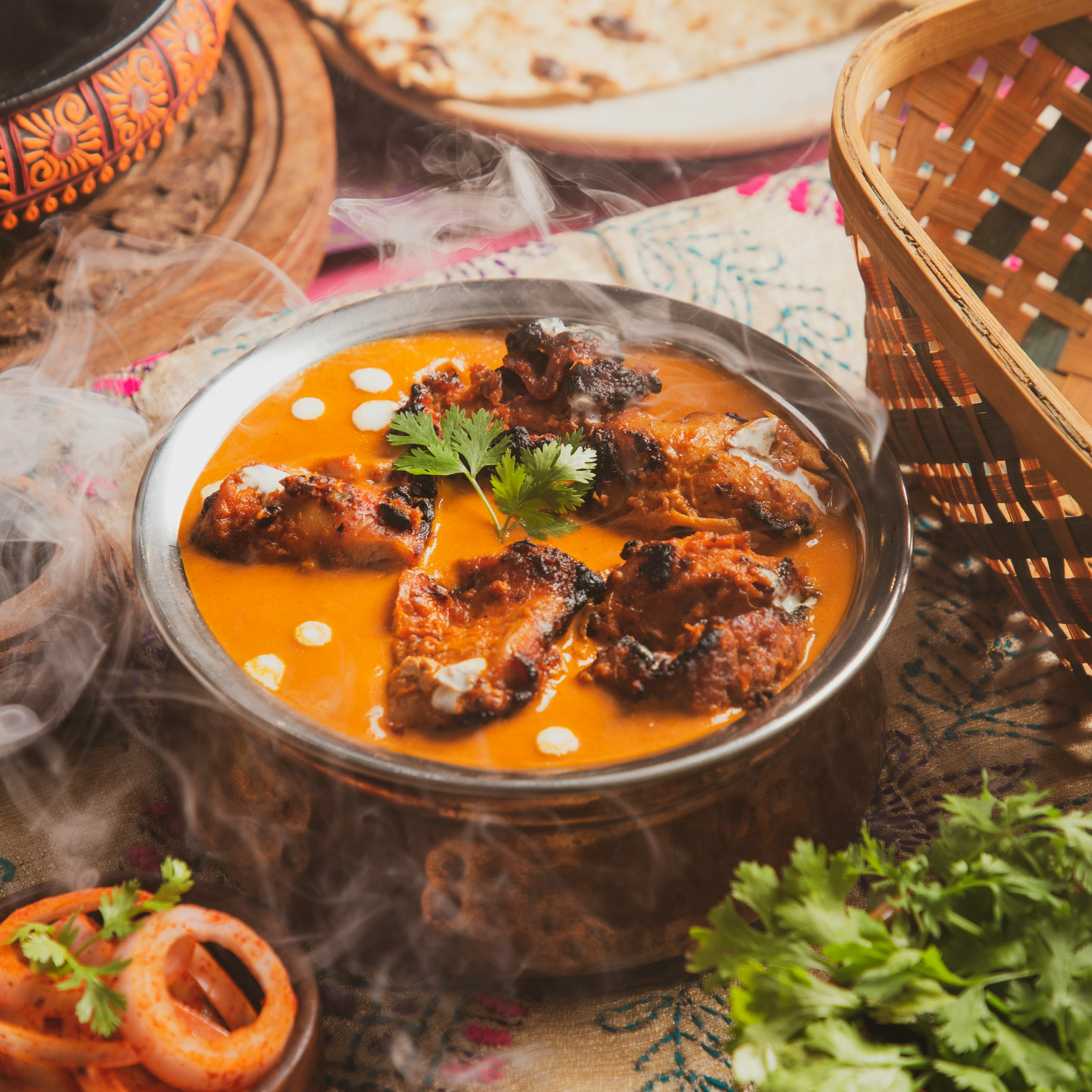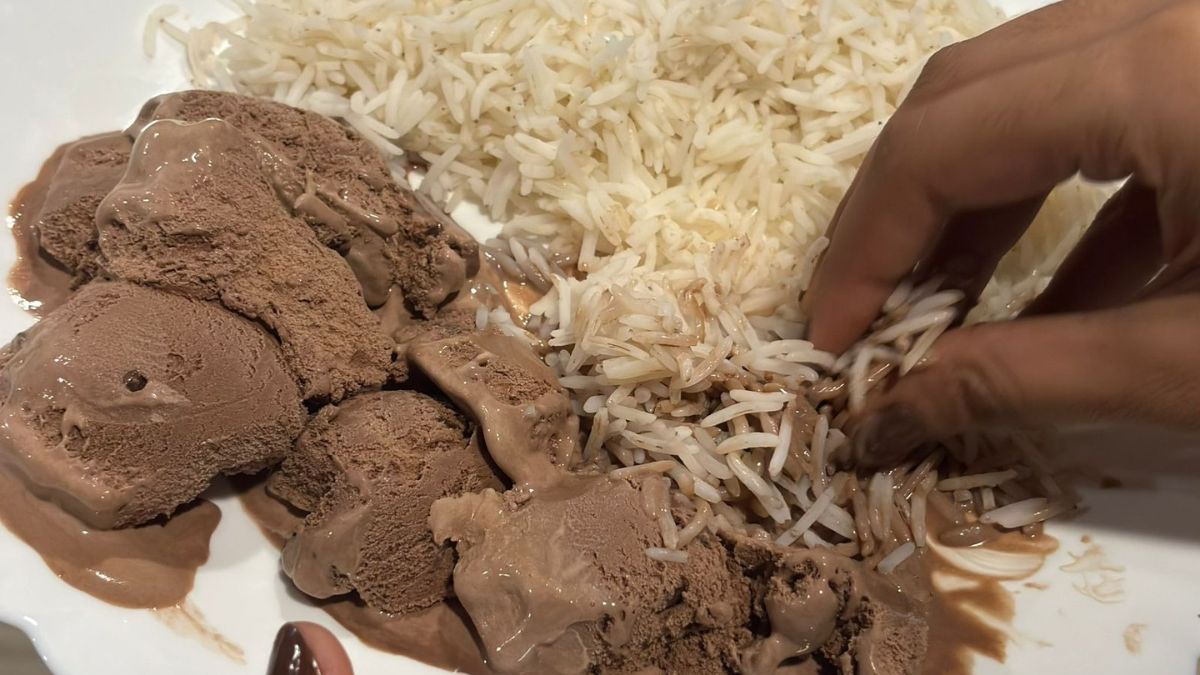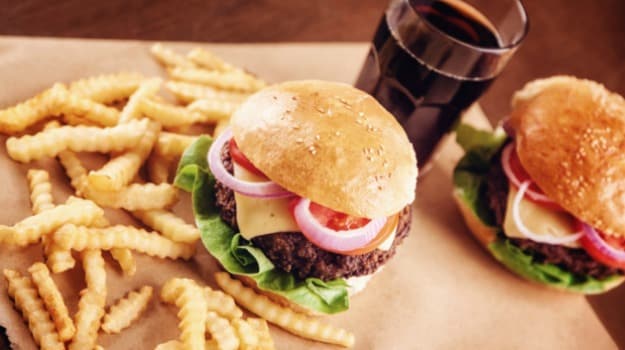Go back in time and think of all the junk food you bulked up on during your lunch break. Those countless glasses of fizzy, sugary drinks, that new ice-cream biscuit which flew off the shelves in minutes, that big green packet of masala chips and those big crispy samosas which seemed more appealing with each day! (Obese children run the risk of heart disease) Now think of all that extra weight you had to lose, the teenage acne you had to deal with, or your spiked cholesterol, thyroid and insulin situations. Wouldn’t it have been so much easier had your school not served you any of it and you hadn’t grown to love it?
(Severe Obesity in Teens Tied to Possible Kidney Problems) The Ban on Food that is high in Fat, Sugar and Salt
The Delhi High Court has demanded a crackdown on ‘junk food’ that is sold in schools and within 50 meters of them. This move was prompted by a 2010 Public Interest Litigation (PIL) that was filed by Uday Foundation, a Delhi-based NGO. What the PIL Was all About
Some schools serve food that is appalling. On one hand we’re trying to battle lifestyle diseases like diabetes, cholesterol and obesity, and on the other hand we're allowing the sale of food that's triggering them. The PIL reads: “This petition was filed in public interest flagging the issue of, easy availability of junk food and carbonated drinks to children and the harmful effects thereof and seeking a ban on junk food and carbonated drinks in schools and initiation of measures to develop a comprehensive school canteen policy with emphasis on health and nutrition.” After accepting the PIL, in 2012 the Delhi High Court directed FSSAI to frame guidelines for making available quality and safe food in schools. The draft guidelines titled “Guidelines for Making Available Wholesome, Nutritious, Safe and Hygienic Food to School Children in India” will restrict the sale of junk food in and around schools. (Obesity Related to High Blood Pressure, Diabetes in Kids) According to Rahul Verma, founder of Uday Foundation, “The guidelines will be enforced in the city with the help of the Delhi government and by the Central Board of Secondary Education (CBSE) through other schools in India.” Key Steps Suggested in the Guidelines 1. Food that is ‘High in Fat, Salt and Sugar’ (HFSS) cannot be sold within 50 meters of school premises. And this applies to schools not just in Delhi but across the country. 2. The bench of Justices refused to allow the use of the word ‘junk food’ since it’s not been defined under the Prevention of Food Adulteration Act, 1954. But it’s commonly known that ‘junk food’ is high on fat, sugar and salt and lacking in nutrients, which is why in the judgment it’s been referred to as food that is ‘high in fat, sugar and salt’ (HFSS). 3. The draft outlines these as ‘the most common unhealthy foods’: Chips, fried foods, sugar sweetened carbonated beverages, sugar sweetened non-carbonated beverages, ready-to-eat noodles, pizzas, burgers, potato fries and confectionery items. 4. The guidelines also suggest the creation of a canteen policy and school health education programs to educate students and parents about the “ill effects” of unhealthy food habits. The Delhi High Court has asked the Food Safety and Standards Authority of India (FSSAI) to implement these guidelines within the next three months. This comes as great news for parents as it’s a huge and possibly the most important step in dealing with the ongoing ‘childhood obesity crisis’. Rahul Verma says, “We’ve been to over a hundred schools in Delhi and a lot of them like The Shri Ram, Father Agnel and Laxman Public School have already banned junk food in their canteens years ago. But after these guidelines have come into effect, you won’t find junk food in any other school.”





